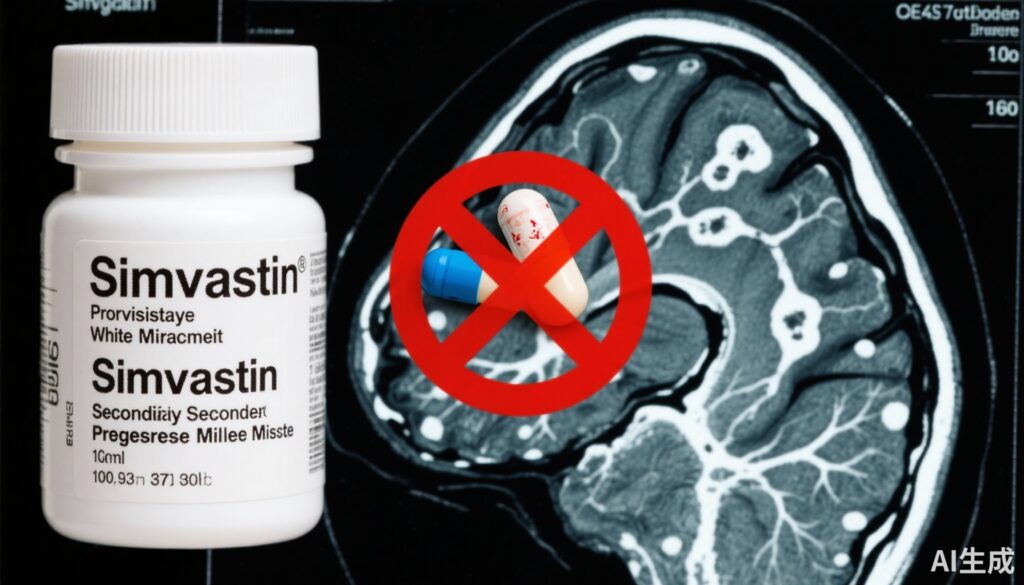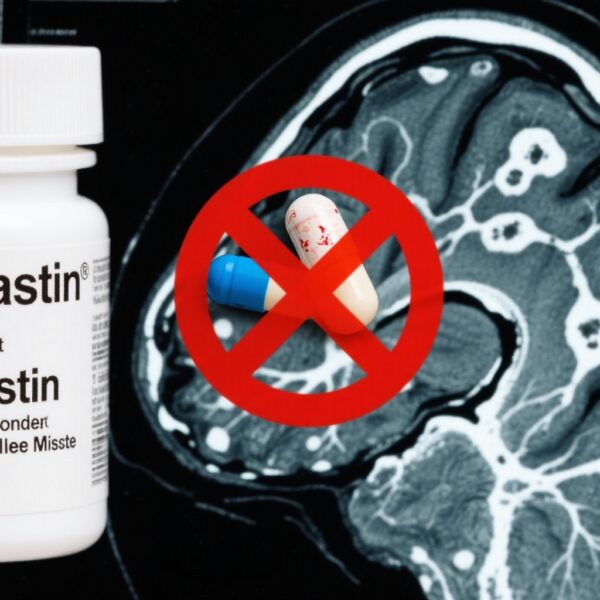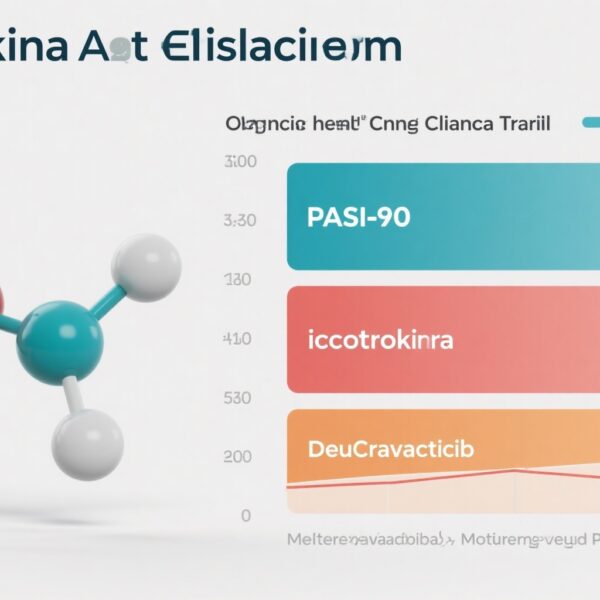Introduction
Alzheimer’s disease (AD) remains one of the most challenging neurodegenerative disorders with significant individual and societal burdens. For the first time, randomized clinical trials have demonstrated reductions in cerebral β-amyloid pathology and slowed cognitive and functional decline using anti-β amyloid monoclonal antibodies, notably lecanemab and donanemab. This breakthrough, however, has been met with divergent expert opinions about clinical meaningfulness, benefit-risk ratios, and healthcare resource implications. Concurrently, innovations in biomarkers, digital health, and prevention strategies are shaping a complex yet promising landscape for AD management.
Historical and Clinical Context
Since the foundational description of Alzheimer’s disease in 1906 and its consolidation as a single disease entity in 1976, therapeutic advances have been limited primarily to symptomatic cholinesterase inhibitors and memantine—agents with modest clinical impact. The advent of amyloid PET imaging introduced diagnostic clarity but raised questions in an untreatable disease context. The regulatory approval of aducanumab based on surrogate amyloid clearance metrics intensified controversies due to equivocal clinical efficacy, which were partially resolved by subsequent trials showing clearer clinical benefits of newer monoclonal antibodies. These advances juxtapose a broader challenge: the heterogeneity of AD pathophysiology, particularly in older populations with mixed neuropathologies, complicating diagnosis, treatment, and prognostication.
Monoclonal Antibodies and Biomarkers
Lecanemab and donanemab trials reported significant slowing of cognitive decline—around 27% and 36%, respectively—over 18 months, albeit with some incidence of serious amyloid-related imaging abnormalities (ARIA) such as brain edema and hemorrhage. These agents received traditional FDA approval based on clinical outcomes, contrasting with the accelerated approval pathway of aducanumab. Importantly, trial analyses show a direct correlation between amyloid plaque removal and cognitive benefit.
In parallel, blood-based biomarkers like plasma p-tau217 and Aβ42/40 ratios have demonstrated high diagnostic accuracy, comparable to cerebrospinal fluid and PET imaging, enabling scalable screening and earlier diagnosis. These biomarkers may reshape clinical taxonomies and enable stratified patient management.
Approaches to Alzheimer’s Disease: Disease-, Patient-, and Population-Centred
Three paradigmatic approaches to AD guide research and clinical care with distinct emphases:
1. Disease-centred: Views AD as a biological continuum defined by β-amyloid and tau pathology, with interventions targeted early to prevent irreversible neuronal loss. Diagnosis relies on biomarkers irrespective of symptoms in preclinical phases.
2. Patient-centred: Emphasizes therapeutic benefit and quality of life improvements for symptomatic patients, with diagnosis integrating clinical presentation and patient-physician narratives. Communication balances hope and realistic expectations.
3. Population-centred: Focuses on the multifactorial nature of dementia in older adults, considering co-pathologies, environmental, and social determinants. Prevention prioritizes modifiable risk factors at a societal level to reduce incidence and health disparities.
While differing epistemologically, these perspectives share goals to improve individual and community cognitive health and acknowledge co-pathologies and brain resilience as key modulators.
Comparative Insights from Other Diseases
Monoclonal antibodies’ clinical efficacy in AD, measured by slowing disability progression, parallels biologics used in oncology, multiple sclerosis (MS), and rheumatoid arthritis (RA). For example, lecanemab and donanemab reduced progression on the Clinical Dementia Rating-Sum of Boxes by 0.45 and 0.70 points respectively, akin to prolongation of progression-free survival in lung cancer or relapse reduction in MS. However, these agents come with high costs—$26,500 to $32,000 annually—posing challenges for healthcare budgets, especially given the large population eligible in early-stage AD.
Real-world applicability is limited by trial inclusion criteria and demographics, paralleling challenges faced in other fields. While biologic uptake is high in oncology and MS after years of use, AD shows more restricted early eligibility, complicated by underdiagnosis and disparities.
Societal Burden and Cost Considerations
Dementia, predominantly AD, constitutes a substantial global health burden, with more years lived with disability than cancer or RA. Direct informal and nonmedical care account for nearly 90% of dementia costs, differing from other diseases where medical costs dominate. On this basis, slowing disease progression could yield significant cost savings and reduce caregiver burden, though delayed costs may emerge as disability is postponed.
Cost-effectiveness models indicate that monoclonal antibody therapy for AD is potentially viable if drug and delivery costs are reduced. However, healthcare systems must navigate capacity constraints, including diagnostic services and treatment monitoring, which will initially strain memory clinics. Integration and task-shifting to primary care with supportive models are anticipated to improve scalability.
Future Directions in Diagnosis and Management
Emerging biomarkers, including fluid and imaging markers of amyloid, tau, neuroinflammation, and synaptic density, promise refined staging, prognosis, and treatment stratification. Digital biomarkers employing wearable technologies and AI-driven analysis offer scalable screening and real-world disease monitoring with high sensitivity for early cognitive impairment.
Pharmacotherapy research is diversifying beyond amyloid and tau targets, exploring inflammation, metabolism, genetics, and synaptic preservation. Over 180 clinical trials reflect this broad targeting, with combination therapies on the horizon.
The European Task Force for Brain Health Services has modeled integrated patient journeys, from exclusion of functional cognitive disorders through risk stratification and tailored preventive interventions, including lifestyle modification protocols akin to the FINGER trial and early pharmacological therapies.
Primary Prevention and Public Health
While secondary prevention focuses on high-risk individuals, much of the dementia burden arises from lower-risk general populations. Primary prevention aims to prevent pathogenesis onset through long-term interventions in asymptomatic persons, including trials targeting genetic forms of AD.
Population-level interventions addressing social determinants, such as taxation policies, urban planning, and marketing restrictions, could reduce modifiable dementia risk factors cost-effectively and equitably.
Conclusions
The alignment of biological understanding, biomarker-based diagnostics, and disease-modifying therapies marks a new phase in Alzheimer’s disease management. However, consensus on disease definition, diagnostic criteria, and clinical implementation remains a challenge. The differing perspectives within the AD community reflect the complexity of the disease and its societal implications.
Despite lingering controversies, advances in biomarkers, therapeutics, and prevention collectively point toward an integrated framework for improving cognitive health and quality of life. Addressing issues of access, cost, and equitable care delivery will be essential to realizing the potential of these innovations globally.
Reference
Frisoni GB, Aho E, Brayne C, Ciccarelli O, Dubois B, Fox NC, Frederiksen KS, Gabay C, Garibotto V, Hofmarcher T, Jack CR Jr, Kivipelto M, Petersen RC, Ribaldi F, Rowe CC, Walsh S, Zetterberg H, Hansson O. Alzheimer’s disease outlook: controversies and future directions. Lancet. 2025 Sep 27;406(10510):1424-1442. doi: 10.1016/S0140-6736(25)01389-3 IF: 88.5 Q1 . Epub 2025 Sep 22. Erratum in: Lancet. 2025 Sep 27;406(10510):1340. doi: 10.1016/S0140-6736(25)01913-0 IF: 88.5 Q1 . PMID: 40997840 IF: 88.5 Q1 .



